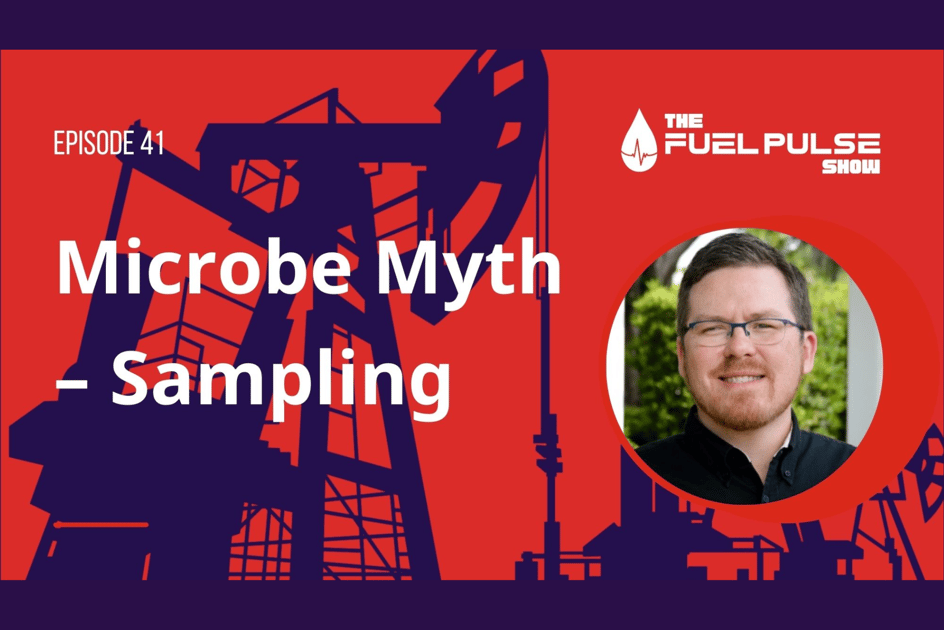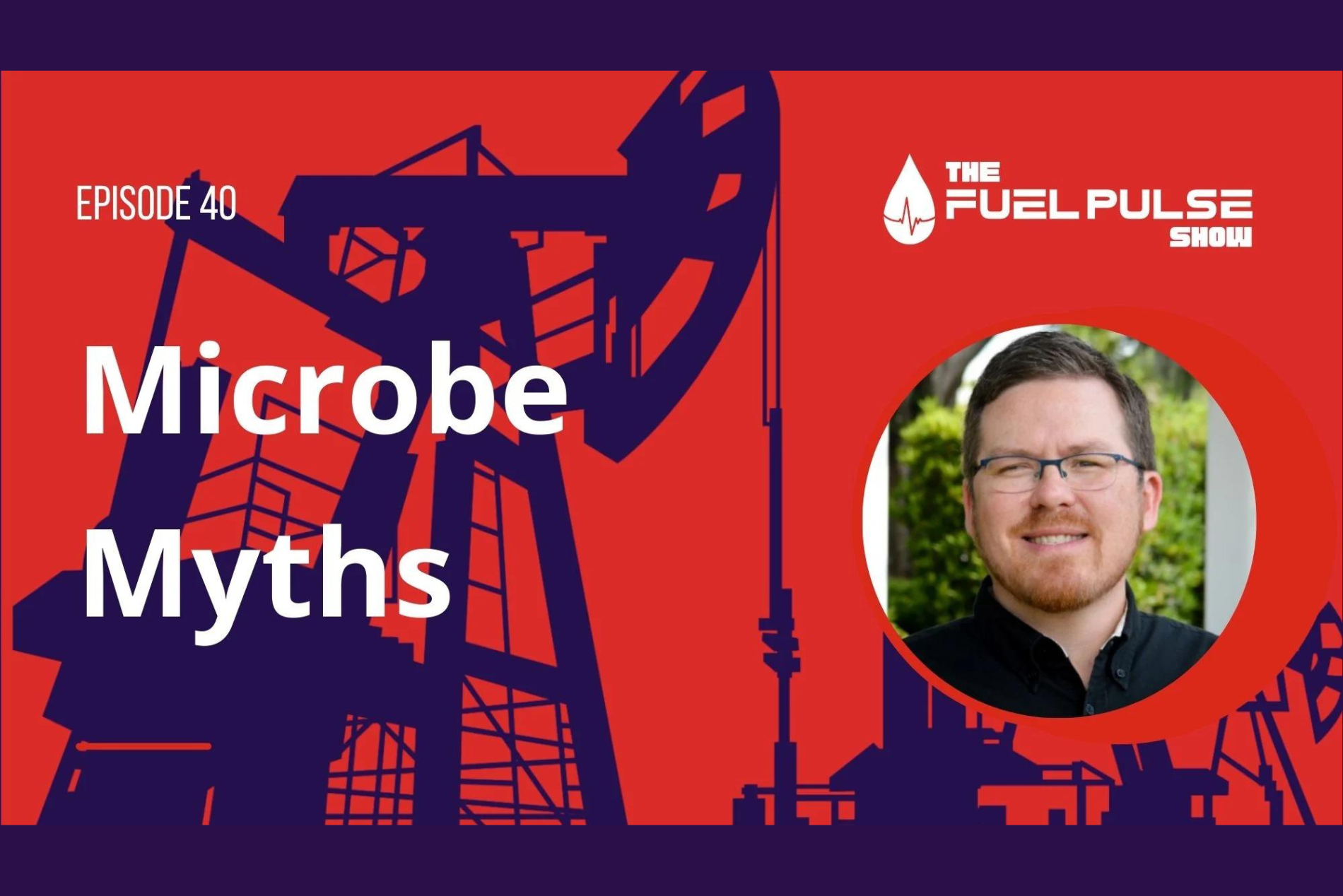Episode 042 – Microbe Myth – Cleaning Out Biomass
Here on the podcast, we’ve been talking about the big problem of microbial contamination in stored fuel in tanks. In this episode, I’ll be addressing...

Quite a few myths are going around the fuel industry when it comes to microbes in fuel and how to deal with them properly. In previous episodes of this series, I tackled myths connected to things like filtering, cold weather, and more. In this episode, you will hear all about the myths surrounding the testing and sampling of microbes in fuel.
We all need to know more about microbial contamination in our fuel—what causes it, how to fix it, and how to keep it from returning. Listen in as I share where people often get caught up and make mistakes along the way, as well as what kinds of sampling can be done, the effectiveness of different types of samples, and what to keep in mind when sampling fuel.
Here on the podcast, we’ve been talking about the big problem of microbial contamination in stored fuel in tanks. In this episode, I’ll be addressing...

This week’s episode is the third in the series of shows where I focus on the half-truths, myths, and misconceptions in the fuel world regarding...

Fuel is the lifeblood of many industries, but with great power comes great responsibility. Unfortunately, keeping microbial contamination at bay is...